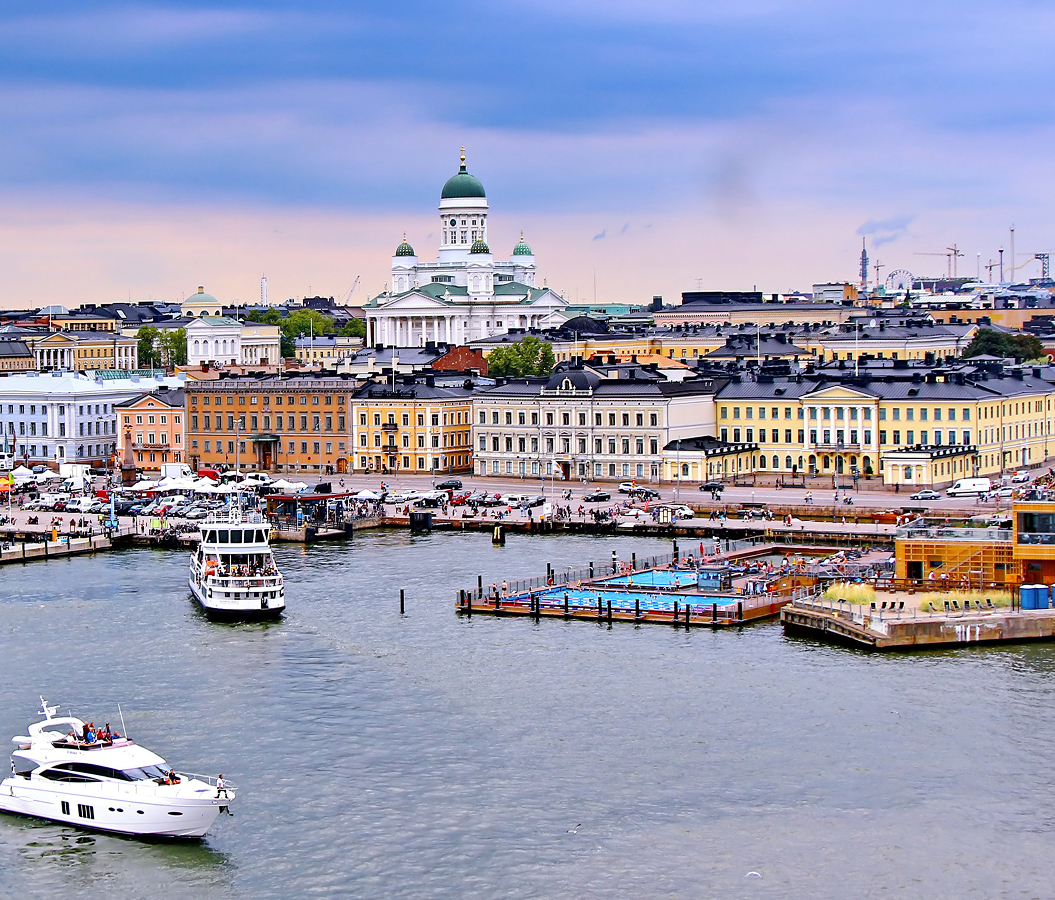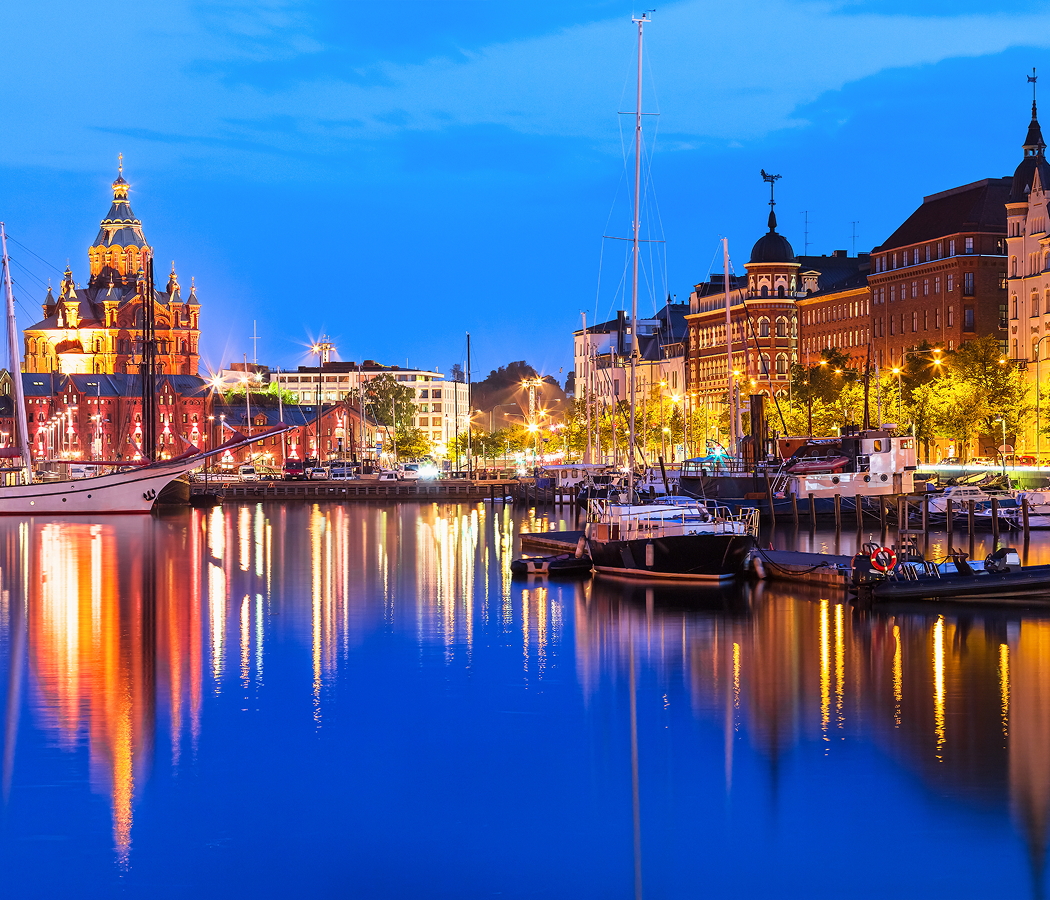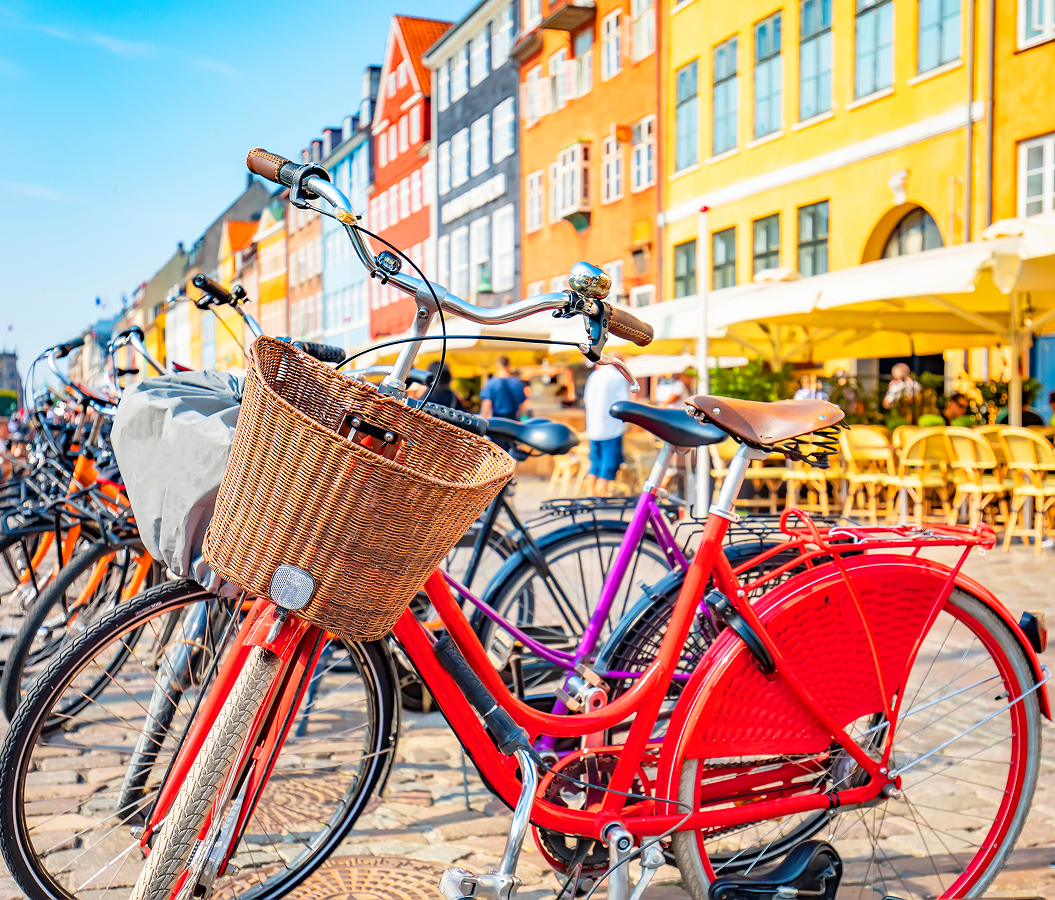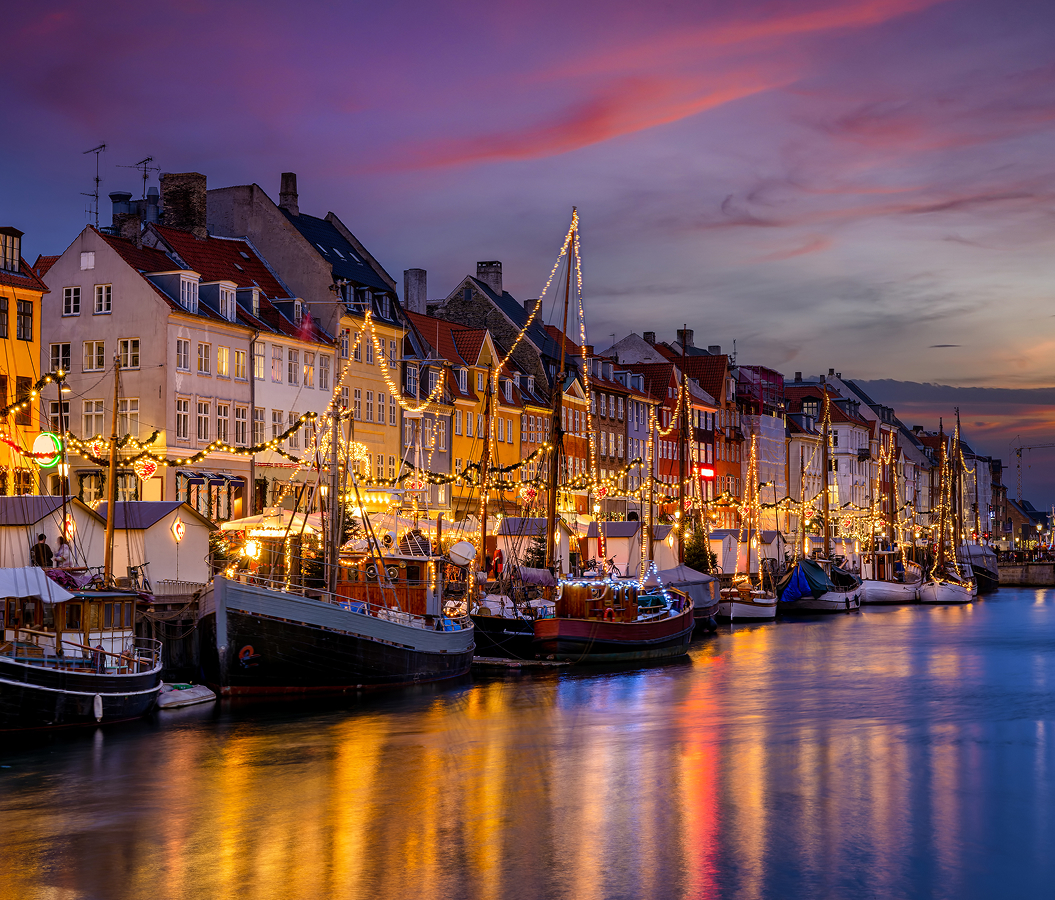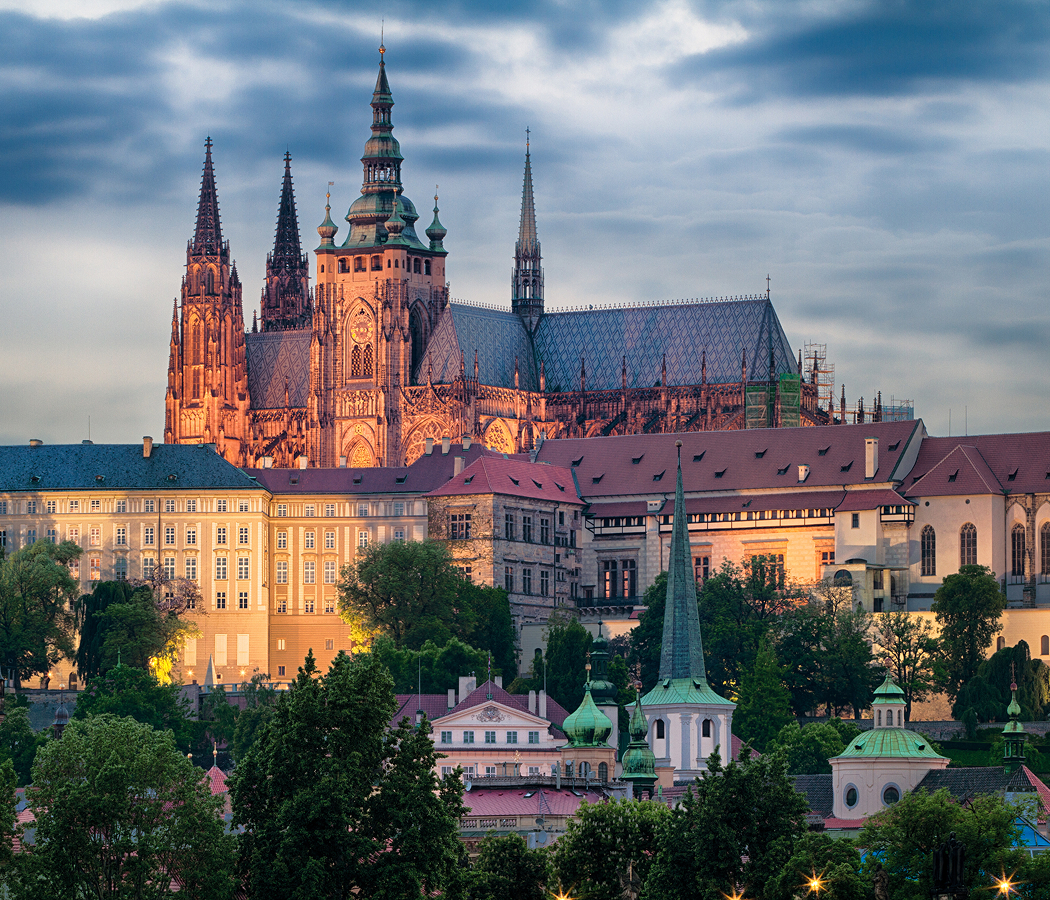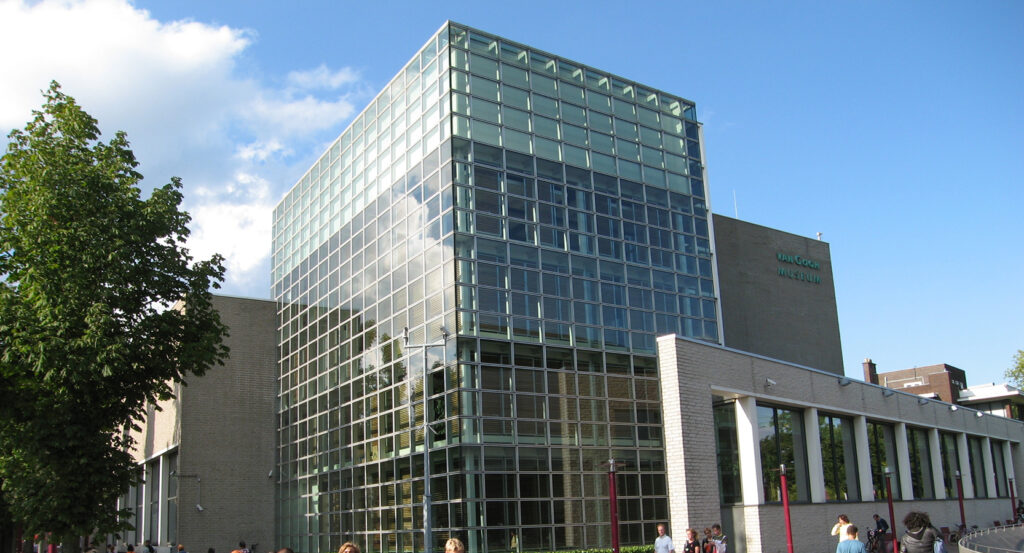
Why you should experience the Van Gogh Museum in Amsterdam.
In the heart of Amsterdam’s Museumplein, the Van Gogh Museum stands as a radiant tribute to one of the most extraordinary artists to ever hold a brush.
Stepping through its glass atrium feels like entering the luminous world of Vincent van Gogh himself, a place where color breathes, emotion hums, and the human spirit pulses through every stroke. The museum houses the largest collection of Van Gogh’s works anywhere in the world, more than 200 paintings, 500 drawings, and hundreds of letters that together reveal the soul behind the myth. What strikes you immediately isn’t just the beauty of his art but its intimacy. You don’t just see his evolution, you feel it: from the dark, earthy tones of his early years in the Netherlands to the sun-drenched brilliance of Arles, and finally, to the swirling, electric fever of his last works in Auvers-sur-Oise. Each gallery traces his search for meaning, his longing for connection, his relentless belief that beauty could be born even from pain. The Van Gogh Museum isn’t only about paintings, it’s about vulnerability turned into light. Here, you don’t simply admire art; you bear witness to one man’s courage to feel deeply in a world that often cannot bear it.
What you didn’t know about the Van Gogh Museum.
While the Van Gogh Museum is one of Amsterdam’s most visited landmarks, its origins are deeply personal, a family’s quiet devotion to preserving a legacy the world once dismissed.
When Vincent van Gogh died in 1890, his art was virtually unknown, his genius unrecognized. His younger brother Theo, who had supported him through years of struggle, passed away only months later, leaving Theo’s widow, Johanna van Gogh-Bonger, to inherit hundreds of paintings and letters. It was Johanna who understood that Vincent’s art carried something eternal. She began organizing exhibitions, selling select works, and publishing his correspondence, ensuring his story would one day resonate far beyond the small rooms where he once painted. Her son, Vincent Willem van Gogh, named after the artist, later founded the Van Gogh Foundation and worked with the Dutch government to establish a museum worthy of his uncle’s legacy. When the museum opened in 1973, it fulfilled a dream more than eight decades in the making. Designed by Gerrit Rietveld, the building reflects the clarity and honesty of Vincent’s vision, light, open, and human in scale. The later addition by Kisho Kurokawa introduced the curved glass entrance, symbolizing the infinite dialogue between art and viewer. What few realize is how much the museum functions as both gallery and archive: its preservation lab continues to study Van Gogh’s pigments, techniques, and materials, revealing insights into how he painted so intensely in such a short life. It’s also home to works by his contemporaries, Gauguin, Toulouse-Lautrec, and Monet, offering a glimpse of the artistic world that both inspired and tormented him.
How to fold the Van Gogh Museum into your trip.
Visiting the Van Gogh Museum is a sensory experience, emotional, visual, and spiritual all at once.
Book your tickets online well in advance; timed entry ensures a calm, reflective pace through the galleries. Begin on the lower floors, where you can trace Van Gogh’s early years in Nuenen and The Hague, the era of The Potato Eaters, before ascending toward the dazzling light of Provence. As you move upward, the atmosphere shifts, from shadow to sun, from heaviness to radiant color. Stand before Sunflowers and watch how yellow becomes not just pigment but energy. Pause at The Bedroom, where the quiet composition feels like a breath of peace amid chaos. And when you reach Wheatfield with Crows, let yourself stand still, that storm of color and motion captures the ache of genius and the tenderness of goodbye. The museum’s layout encourages reflection; benches are positioned not for traffic but for contemplation. Don’t miss the letter displays, where Vincent’s words, tender, restless, poetic, reveal as much beauty as his brushwork. After your visit, linger at Museumplein, perhaps with a coffee at Cobra Café or a walk through Vondelpark, to let the experience settle. If you want a deeper dive, pair your visit with the Kröller-Müller Museum in Otterlo, home to the second-largest Van Gogh collection and set within a serene sculpture garden. But even if you see only this museum, you’ll carry something lasting, a reminder that light is not the absence of darkness, but the art of transforming it.
Hear it from the Foresyte community.
Whole place feels like someone cranked the saturation knob up on life. You just stand there staring at colors like damn, that’s loud.
Where meaningful travel begins.
Start your journey with Foresyte, where the planning is part of the magic.
Discover the experiences that matter most.







